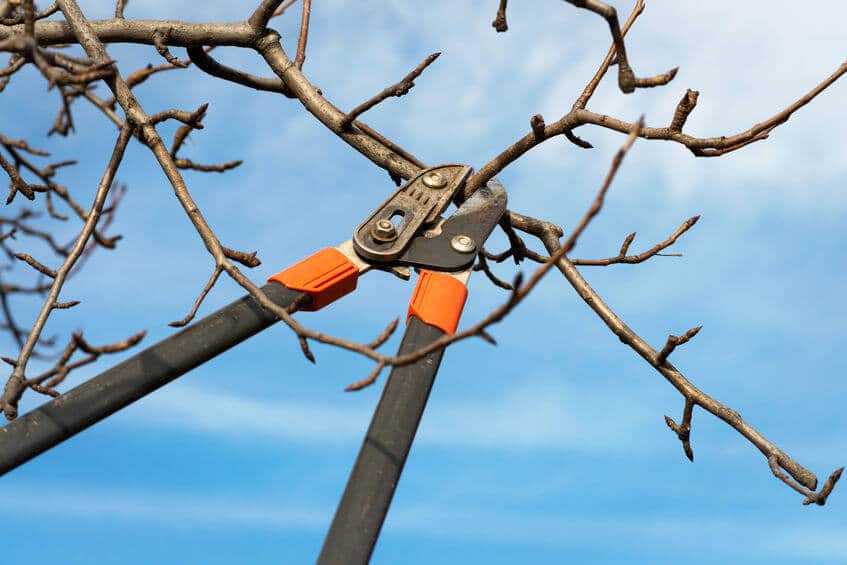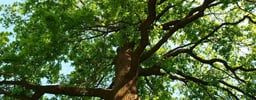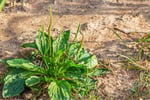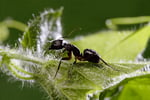The Senske Promise guarantees we’re happy when we’re happy, so you’ll always be left satisfied with your Plantain Grass treatment results. To get rid of Plantain Grass weeds, contact a Senske Lawn Care professional today. Call (877) 944-4007 or click to request an estimate online for FREE!
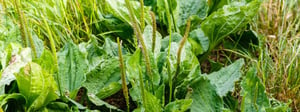
Bermuda Grass
Residential Lawn, Tree, & Pest Control
Some descriptive text here?
Pest Control Program
starting at $93/treatmentFull Service Year Round
*Prices vary by location and property sizes
Lawn Care Program
starting at $52/treatmentComprehensive Treatment
*Prices vary by location and property sizes
Pest Control Program
Starting at $93/treatmentYear Round Protection
Per Treatment for Spraying**
Prices vary by location and property sizes
DENVER LAWN CARE
Senske offers Revive®, a uniquely organic lawn fertilization treatment in Denver, CO. This specialty fertilizer and soil treatment is specially formulated for East Denver lawns.
DENVER PEST CONTROL
Our certified pest control technicians expertly identify pest problems unique to Denver and safely rid your home and property of them. We'll even keep them from returning.
DENVER TREE SERVICE
Our ISA certified arborists know the specific needs of trees and shrubs in Denver, CO. Let Senske protect your property investment and care for your trees.

DENVER LAWN CARE
Senske offers Revive®, a uniquely organic lawn fertilization treatment in Denver, CO. This specialty fertilizer and soil treatment is specially formulated for East Denver lawns.
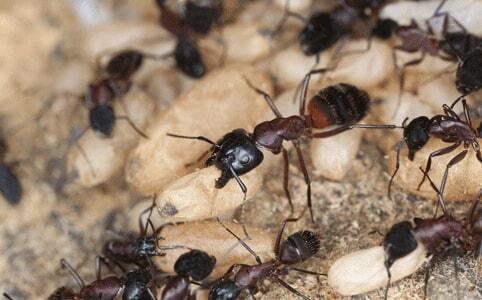
DENVER PEST CONTROL
Our certified pest control technicians expertly identify pest problems unique to Denver and safely rid your home and property of them. We'll even keep them from returning.
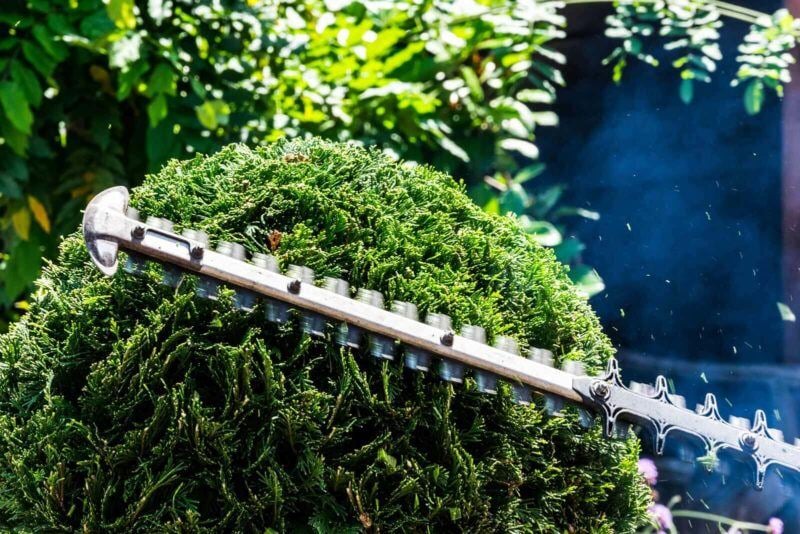
DENVER TREE SERVICE
Our ISA certified arborists know the specific needs of trees and shrubs in Denver, CO. Let Senske protect your property investment and care for your trees.
What is Plantain Weed (Plantago Major & Plantago Lanceolata)?
Plantain Grass (Plantain Weed) is a perennial plant that relies on a tap root to survive the winter. As one of the first invasive weeds introduced to North America through Eurasia, and with hundreds of years behind its growth and spread, there’s hardly a spot in the U.S. free of the noxious weed.
Unrelated to the Plantain Fruit, Plantain Grass weeds won’t be producing anything good for your grass or garden. With strong taproots and thousands of seeds dispersed by the wind, Plantain Weeds are prolific. You’ll find this leafy weed quickly takes over lawns, empty lots, and fields if left to its own devices.
It’s not unheard of for some gardeners to grow plantain weeds for their edible qualities. While there may be some benefits of Plantain Weed, Plantain in your yard is not recommended. If left alone, you can count on your Plantain herb to go to seed at the end of summer, overcoming your turf and gardens in a short matter of time.
- What Does Plantain Weed Look Like?
- Different Types of Plantain
- How Can I Prevent Plantain In My Yard and Garden?
- Best Plantain Weed Killer
What Does Plantain Weed Look Like?
Generally, Plantain Grasses grow low to the ground, with green leaves that form a basal rosette. “Basal” refers to the fact that the leaves stem from the base of the plant, and “rosette” indicates the way the leaves overlap, creating a rose-like form. While leaf shape varies with species (broadleaf/narrow leaf), all will have parallel veins. Flower stalks grow from the center of the rosettes, though the location of the flowers on the stalk depends on the species.
The most common species of Plantain Grass Weed to find growing in your yard include Broadleaf Plantain and Narrow Leaf Plantain varieties. Each variety is known by different names. The name you use will depend on your location.
Broadleaf Plantain is commonly referred to as Common Plantain, Cuckoo’s Bread, Dooryard Plantain, Englishman’s Foot, Greater Plantain, Ripple Grass, Snakeweed, Soldier’s Woundwort, and White Man’s Foot.
Narrow Leaf Plantain name variations include Black Plantain, Black Seed Plantain, Buckhorn Plantain, English Plantain Weed, Lamb’s Tongue Plantain, Lanceleaf Plantain, Long Plantain, Narrow-leaved Plantain, Ribgrass, and Ribwort Plantain.
Types of Plantain
Broadleaf Plantain Grass Identification

Broadleaf Plantain Grass has leathery, medium sized, oval leaves that come to a gentle point and have five main veins running parallel. Leaf stems are stringy when snapped – resembling celery in texture. As mentioned above, they grow in a basal rosette shape (at the plant’s base with leaves that overlap like rose petals) and commonly spread to around 12” wide.
Flower stalks sprout from the centers of the rosettes and grow as tall as 10”. Clusters of small, spiked flowers grow vertically along the stalk and produce a purplish-green stamen from June to September. If you look close enough, you’ll see the triangular flower petals themselves are light brown in color and resemble tissue paper. When they go to seed, spiked fruit the size of a pencil tip will emerge and emit seeds to be dispersed by the wind.
Narrow Leaf Plantain Grass Identification
 Narrow Leaf Plantain Weed produces thin, lance-shaped leaves that grow upward and form a nice, tapered tip.
Narrow Leaf Plantain Weed produces thin, lance-shaped leaves that grow upward and form a nice, tapered tip.
While they grow up to an inch wide, and 12” long, the most important thing to look for is leaf shape and growth pattern (rosette) as the plant can also be significantly smaller. The green leaves are known to have fine, sparse hair (especially on the underside) and 3-5 veins that run parallel to each other.
Tall flower stalks sprout from the center of leaf bundles, but remain leafless themselves. A cylinder of clustered flower spikes will grow in a ring along the flower stalk. The tiny flowers are white with long, white stamens and bulbous anthers (stamen tips).
When the flowers go to seed, you’ll notice them turn tan and papery. At this point, spiked fruit will release two seeds that drop to the ground or get carried by the wind.
A proper PH balance is important to keeping Plantain Grass away from your lawn. While they thrive in areas disturbed by humans, they also do very well in unhealthy, compact soil where it can easily crowd out other plants.
A regular lawn care program that involves PH testing, aeration, herbicides, and a proper watering schedule is important to keep Plantain Weed out. The healthier your grass, the lower the chance that weeds even have an opportunity to sprout. If you happen to find a small Plantain Grass weed growing, it may be worth attempting to gently pull on your own. Give a tug from the base and try to delicately remove the entire tap root.
For help with a larger infestation, or with plants that have already gone to seed, you’ll want a professional.
We’re often asked about the best weed killer for Plantain Grass. If you have an overgrowth of Plantain Grass on your property, your best solution is Senske. We understand Plantain Grass from the inside out and work hard to eradicate it completely, allowing you to get back to enjoying your lawn again.
We identify plantain grass, diagnose the root of the problem, remove plantain from your lawn, and treat your yard so it doesn’t return – all while making your grass healthier.
If you’re concerned about Plantain Grass, or wondering about the Plantain Grass weed variety in your yard, Senske Lawn Care professionals are the professionals you need. Our 75 years of industry experience means we’re experts in Plantain Weed control.
Get rid of Plantain Grass
Weeds, Lawn & Tree Diseases, and Pests to Look Out For
Weeds Common for Denver
Senske lawn care and tree service treatments in Denver East enables a greener lawns, healthy trees and shrubs without the hassles and time commitment needed to maintain it yourself. We’ll also help remove weeds, treat lawn and tree diseases and problem areas. Senske Services has been providing residential and commercial lawn care services to communities in the Northwest since 1947.
Our Denver East and surrounding communities lawn care services reflect our commitment to quality in all aspects of lawn maintenance. Learn more about Denver East weed and lawn diseases we solve:

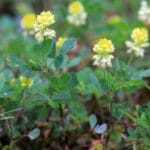
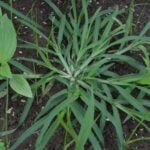
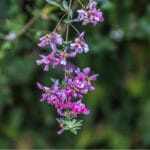






Find Out About Other Weeds, Lawn & Tree Diseases, and Pests to Look Out For

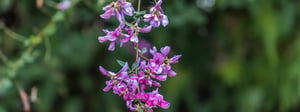
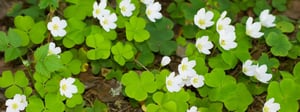
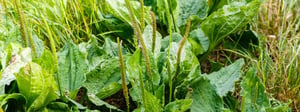
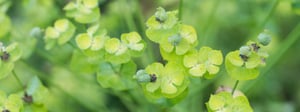
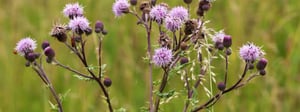

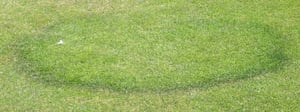
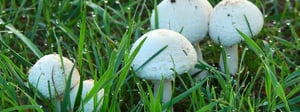
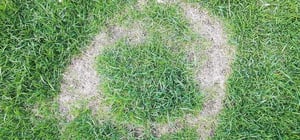
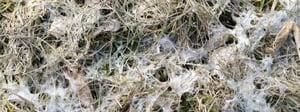


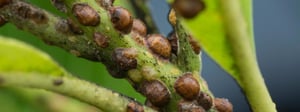
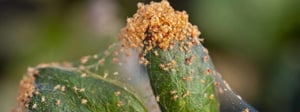
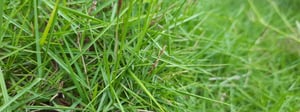

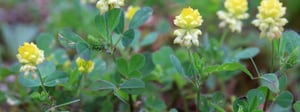
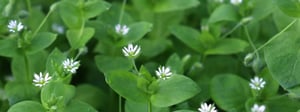

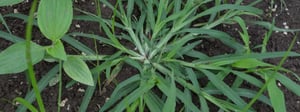
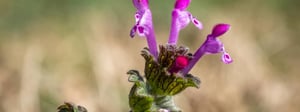

How can we help you?
Satisfaction Guaranteed!
Get a Free Estimate Today
Make your yard the greenest on the block and enjoy a home free from pests, all delivered by courteous, & professional techs.Great service!
Jason did a nice job on our Christmas lights. The crew arrived on schedule and accommodated my special requests. They even wired up a few of my yard decorations without my asking them. Thank you!
Very Professional!
“Max calls ahead, comes early in the day, and answers all my questions. He’s very professional!"Extremely Pleased!
“I have been extremely pleased with this service, my lawn has literally gone from drab to fab. Steve serviced the lawn today and as always, let's me know he is here (per my request) tells me follow up steps and then is on his way to do the service."Thankful for Senske!
“I am thankful my neighbor recommended Senske services, as a single mom, I do not have time, or energy to fix my lawn, so I hired the pros. Definitely worth it and very reasonable costs. Much appreciated."The Dirt
Find out more on our blog.


